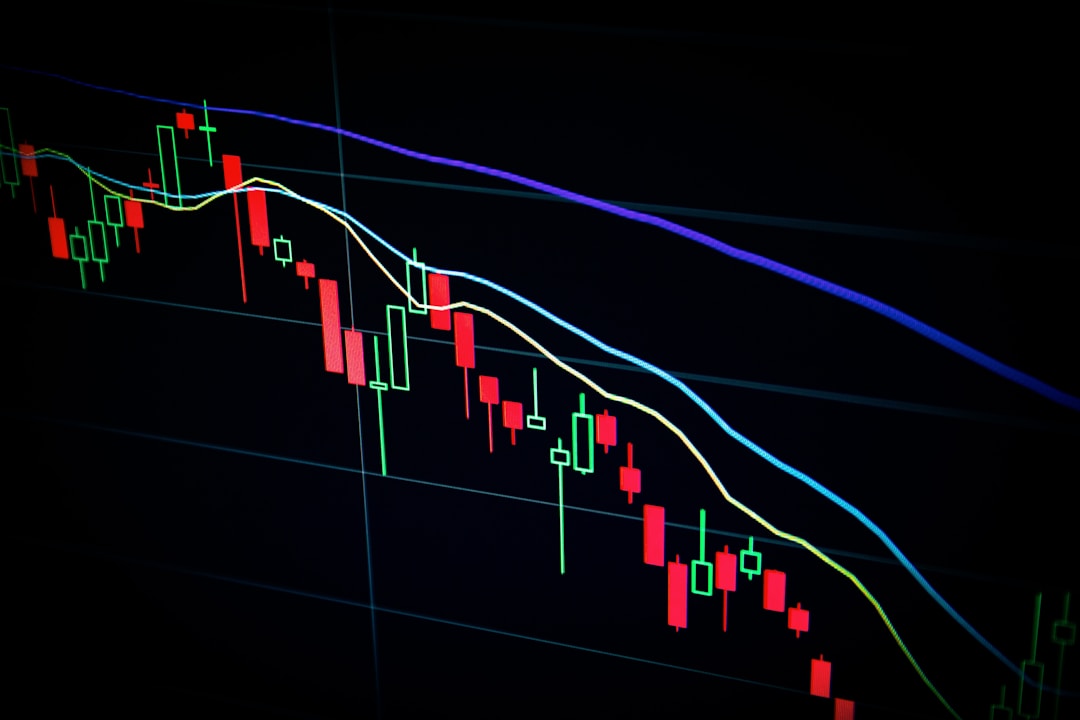In the face of global environmental challenges and increasing social consciousness, sustainable investing has become a significant force reshaping the financial world. Investors are now prioritizing environmental, social, and governance (ESG) factors in their portfolios, aiming to generate positive societal impacts alongside financial returns. These changing tides offer a glimpse into an evolution where profit and purpose align, paving the way toward a more ethical and sustainable future. This article delves into the latest trends shaping a sustainable investing landscape in 2024.
Embracing ESG: The Rise of Environmental, Social, and Governance Criteria in Investment Strategies

ESG criteria have increasingly become a beacon guiding investment decisions. This evolution in investment strategy underscores an awareness that financial performance must coincide with societal well-being and environmental sustainability. The push for more transparent and responsible corporate practices has led companies to integrate ESG values deeply into their operations, seeking to appeal to a growing base of conscientious investors.
Within this paradigm, the environmental criterion calls for a focus on companies with sustainable resource management and lower carbon footprints. The social component evaluates how a corporation treats its workforce, its community engagement, and whether its products positively affect society. Governance involves assessing the fairness of executive compensation, shareholder rights, and the diversity and structure of company board members, ensuring accountability at the highest level.
Despite some debate regarding the correlation between ESG criteria and financial performance, evidence is mounting that sustainable investments can achieve competitive returns. Forward-thinking investors are making ESG factors a cornerstone of their portfolios not only for ethical reasons but also for their potential to mitigate risk and identify opportunities with long-term advantages. This approach underscores a profound shift in recognizing that sustainable business practices often result in economic resilience.
Green Bonds and Sustainability-Linked Loans: Financing a Greener Future
Green bonds and sustainability-linked loans have emerged as vital tools for financing projects that contribute to environmental sustainability. Green bonds explicitly finance new or existing projects with environmental benefits, such as renewable energy installations, sustainable agriculture, and clean transportation. Capital raised through these bonds is dedicated to pro-environmental endeavors, providing investors with an opportunity to support specific initiatives that align with their sustainability targets.
Sustainability-linked loans, on the other hand, have broader applications and are not limited to environmental projects. The interest rates on these loans are often tied to the borrower’s performance against predetermined sustainability criteria, incentivizing improvements in ESG practices. For borrowers, these financial instruments offer compelling advantages, such as potential cost savings for meeting or surpassing sustainability goals.
The growth of these financial tools signifies a shift in how projects are funded and demonstrates the private sector’s capacity to contribute to global sustainability objectives. With investors increasingly weighing non-financial factors in their decision-making, green bonds and sustainability-linked loans serve as compelling examples of how capital markets can foster a more sustainable and responsible economy.
The Role of Shareholder Activism in Promoting Sustainability Practices

Shareholder activism has become a formidable force in driving companies towards sustainable practices. Activist shareholders use their equity stakes to influence corporate behavior, advocating for transparency, environmental responsibility, and ethical governance. The surge in activism reflects a broader societal insistence on corporate accountability and the belief that businesses must operate sustainably to succeed in the long term.
Proxy battles, shareholder resolutions, and sustained engagement with corporate management are among the tactics employed by activists. These efforts can lead to substantive changes within companies, from overhauling governance structures to setting ambitious carbon reduction targets. Shareholder activism effectively bridges the gap between corporate policy and investor demand for ESG compliance, pushing companies to align their strategies with the priorities of conscious investors.
Integrating sustainable investing practices reflects a profound change in how value is perceived in the financial world. Overall, the highlighted trends affirm that investors are not only shaping markets but also reshaping the definition of what it means to invest responsibly for a sustainable tomorrow.




